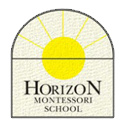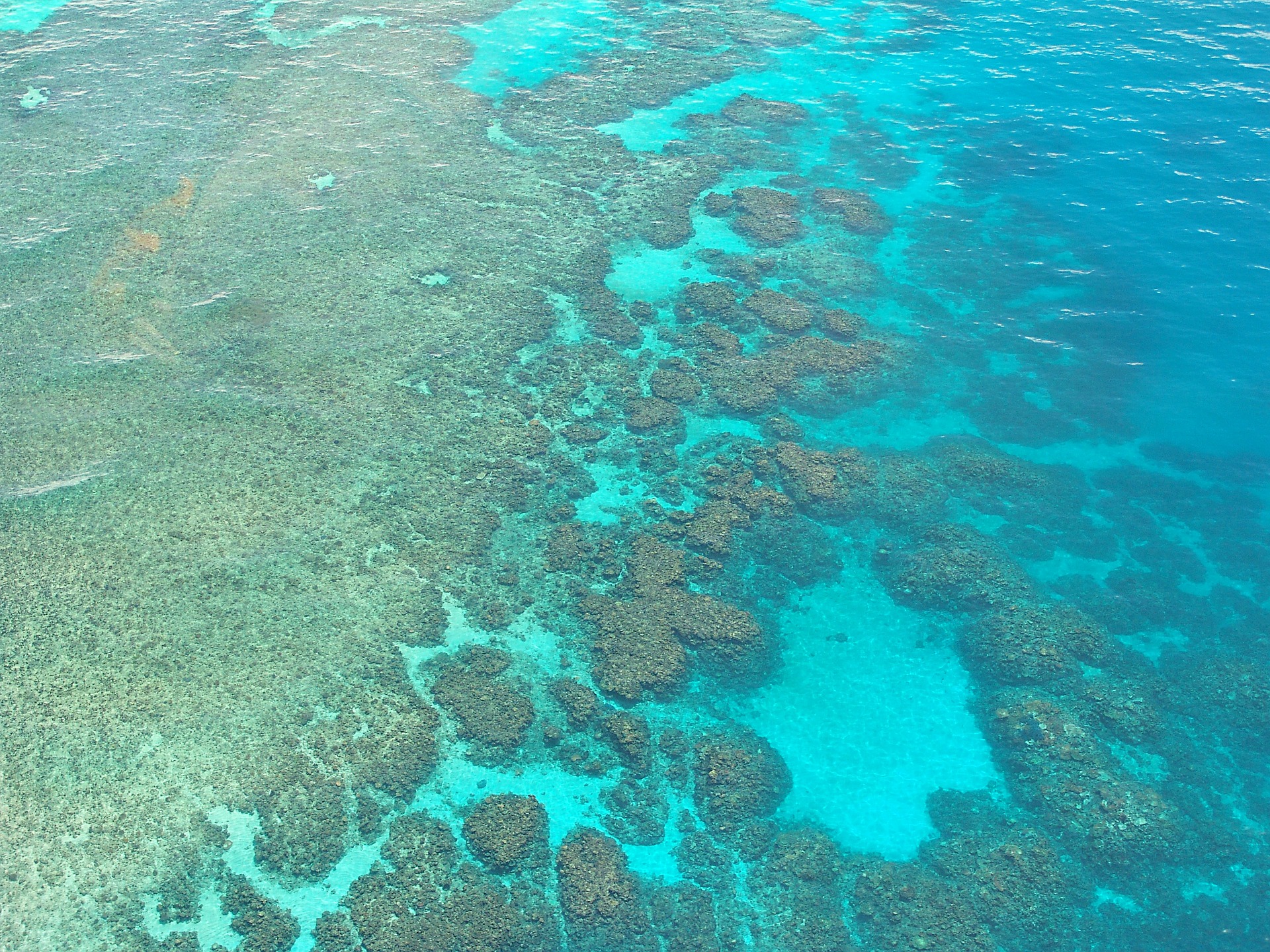The Great Barrier Reef is the longest reef complex in the world. European exploration of the reef began when British explorer Captain James Cook ran his ship aground on it on June 11, 1770.
The Great Barrier Reef has a collection of approximately 2,900 individual reefs and 900 islands. It is the largest reef system in the world; so big it can be seen from space!
Coral reefs form over millions of years and grow very slowly. The Great Barrier Reef is not one giant reef but a collection of thousands of individual reefs.
The waters around the Great Barrier Reef are from the Pacific Ocean. It tends to remain at a consistent temperature all year round, and is very warm.
There are not many different plants that grow around the Great Barrier Reef because the underwater habitat makes it difficult for most plants to thrive. The plants that do grow along the collection of coral reefs are different types of algae (like seaweed), sea grasses, sea lettuce, etc.
Though coral looks like a rock or a plant, it is actually an animal that cannot freely move from its space!
The Great Barrier Reef is home to over 1,500 different kinds of fish, such as clownfish (like Nemo), lionfish, parrot fish, and stonefish. Shellfish like giant clams, peacock mantis shrimp, and boxer crabs live here too. You may find squid and octopus (like the blue-ringed octopus or cuttlefish), reptiles like sea turtles, or different species of whales and sharks. There are also sea snakes, sea urchins, sting rays, jellyfish, and sea slugs.
In addition to its scientific interest, the reef has become a tourist attraction. The extensive use of tourist craft and fishing have put the reef in danger. The reef’s health, however, is also threatened by other factors, such as damage caused by coral bleaching, invasive species such as the crown-of-thorns starfish (Acanthaster planci), and tropical cyclones.
(Info from: The Editors of Encyclopaedia Britannica and Kidzone)
Informational Videos:
- SciShow Kids
- 10 facts about the Great Barrier Reef
- Great Barrier Reef Drone View
- Child snorkeling in the Great Barrier Reef
- Space Station view
Activities:
- Make your own coral reef diorama
- Print, cut out, and color this page
- Gather some small ocean toys that may be similar to the ones living in the reef, real shells if you have them around, and pipe cleaners and playdough/clay to make your own coral shapes.
- When made, all children can make up a story, song, or poem about the diorama. Older children can write down the song, story, or poem. Read or perform it for others or record it to send to family.
- Get familiar with the animals, plants, reptiles, and fish native to the Great Barrier Reef by using websites, videos, and books. Watch Finding Nemo or Finding Dory and name the types of living creatures you recognize with your child from what you studied and talk about the facts you learned about each one.
- Research the 3 different types of reefs: fringe, atoll, and barrier. Discuss the differences and similarities and how they have formed with your children.
- Ocean songs and rhymes to learn and sing here at Kidsparkz
- Free Great Barrier Reef coloring pages:
Enjoy!

